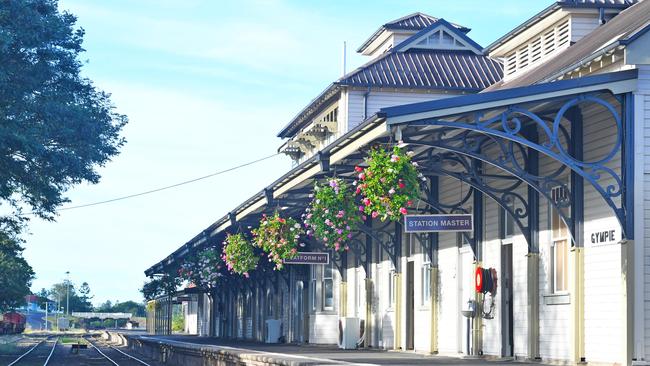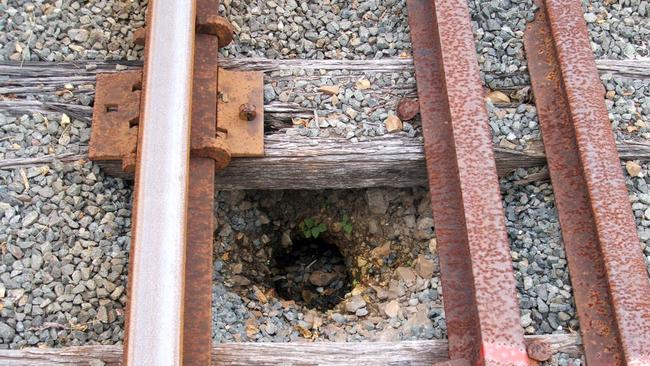Ranbury Mary Valley Rattler report released by Gympie Council
The multiple failures that led to an $8 million blowout on the Mary Valley Rattler have been revealed in a stunning report which points to a litany of errors and oversights.
Gympie
Don't miss out on the headlines from Gympie. Followed categories will be added to My News.
A failure to give key documents to staff and a desire to rush the job were key reasons the Mary Valley Rattler’s return blew out by millions of dollars, according to the long-awaited review into the project.
The report by Ranbury, commissioned by Gympie Regional Council in July 2018, at a cost of $25,000 but left unreleased for years after its expected delivery date, has finally been made public.
The council called for the review following delays and almost $8 million cost blowouts on the heritage train’s restoration in 2017 and 2018.
The report reveals a litany of errors and oversights were behind the blowout.
A major cause of the project’s problems was the fact that it was rushed.
The report says a “requirement to get up and running quickly reduced the time frame to develop a detailed scope of works”.
This led to the scope of works being underestimated.

Investigations of the track in 2013 and 2015 by GHD (the State Government’s independent rail industry consultant) were only visual walking inspections carried out over three or four days and “unlikely to be detailed enough” to provide a reasonable estimate of the final cost.
“No allowance was made for a detailed review of structures, level crossings, rolling stock repairs or any essential refurbishment costs for these,” the report says.
This oversight included failing to address meeting disability requirements.
Time continued to be an issue long after funding had been found.
Rail Futures was given six weeks to carry out a more detailed inspection in 2017, but this was still limited by time and in some cases blocked access to the line.
“Both GHD and Rail Futures were not provided sufficient time to undertake detailed inspections of the rail assets at the critical scoping stage,” the report said.

These shortfalls were “quite clearly listed” in the companies’ reports to the council.
Ranbury says these comments “should have raised concerns within the council” as to the actual lack of detail available for the project.
Key council staff involved in the project were not given all the available information about the project, either.
Ranbury says the council’s contracts manager “confirmed he was not provided several documents, including a full copy of the Earthcheck business case”.
This failure is a “major concern”, the report says.
The contract manager and Rail Futures was likewise not given a copy of the 2015 report by GHD, and the council’s manager was only given three days to review and incorporate Rail Futures’ 2017 reports into the tender documentation.

Compounding the problem was the council’s decision not to hire anyone with rail experience to manage the restoration, and the choice not to have all parts of the project answer to one specific manager.
This latter choice was a “fundamental error” in the project.
Despite reports saying restoration of the track from Gympie to Amamoor was likely to take a year, the council’s accepted tenderer claimed it could do the job in 15 weeks.
This proposal was “unachievable” and a proposal that should have been “rigorously” investigated by the council before the contract was awarded.

Ranbury says requirements to meet the State Government’s December 2017 deadline as part of the $4.7 million funding agreement “could have had an influence on the short … time frame” there was “no evidence sighted to support this position”.
The Earthcheck business case used to establish the viability of the project comes under fire too; the report says it was “little more” than a PR document with “little documentation substantiating the ($10.6 million) capital costs”.
Calculating the final cost of the restoration was another issue.
Ranbury says while costs are available across three distinct project groups within the council “they are quite dispersed” and thus “not enabling a clear picture of the overall projects final cost variations”.





